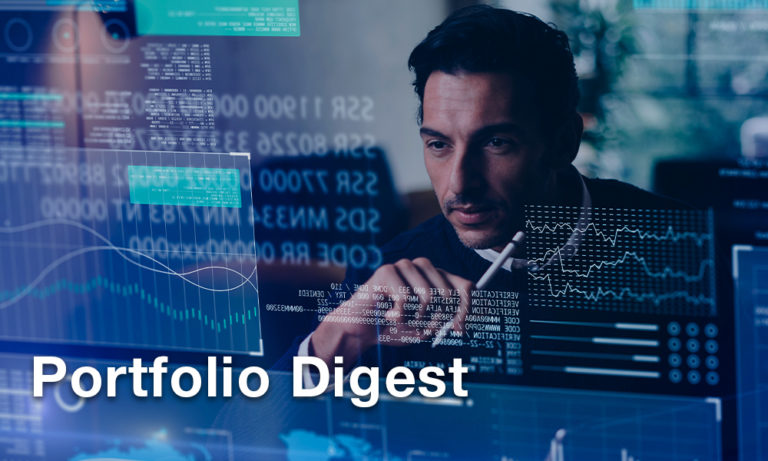Don’t “Crash” Your Portfolio

Imagine you are an airplane pilot. There are things you can control like direction and altitude and ones you can’t like weather conditions. The same goes for your portfolio, which you, in a sense, pilot too.
I want to share one thing with you: I’m afraid of flying. And unlike rational people, I usually amplify my anxiety about approaching flights by watching plane-crash videos. I know it’s stupid, but I did learn something from those videos.
More often than not, crashes happen because of pilot complacency. They think they know what happens outside and inside of their planes and act accordingly.
I even saw some cases of pilots being reckless. They knew what danger was ahead of them, but they deliberately moved forward only to see their end.
Consider the following analogy. Elements of the plane are like elements of the global economy, and the environment around the plane is an uncontrollable economic process.
Every plane has a mechanism that ensures the whole system’s liveness. When one element dies, others work together to compensate for it. Same with the global economy: when things go wrong, governments step in and try to keep the system working.
However, even if the plane can survive under normal conditions, wind or a thunderstorm may finish it off. If the environmental conditions are severe, nobody can do anything, like after Lehman Brothers went bust back in the day.
In most cases, you can anticipate such predicaments, though. That’s why, as a pilot of your portfolio, you don’t want to follow the steps of those real pilots who ignored the danger in front of their eyes.
When one of the largest Chinese developers is silent and is late on its due payments, it’s like seeing a thunderstorm in front of you.
When the Fed talks about slowing down quantitative easing, and similar talks caused panic on the market back in 2013, it’s like receiving a dispatch that you’re about to get into turbulence.
Taper Tantrum is a panic reaction to slowing down quantitative easing. While it didn’t send the market to a death spiral in 2013, it caused some turbulence. Turbulence in stocks is almost guaranteed to cause even stronger turbulence in crypto if the 2013 scenario repeats.
You know what lies ahead and can either hope that the plane will hold together or leave the risky route and go with a contingency plan. I hope you have one.
Rebalancing your portfolio, taking money off the table, and hedging risks—all of these should be in the arsenal of a good portfolio pilot. If things turn very ugly very quickly, you should be able to survive until the sky gets clear again. Over and out.
SIMETRI Portfolio–Suppressed by the Market



